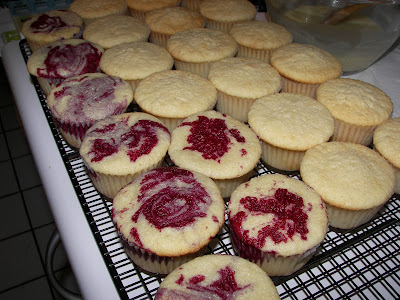Several months ago I began doing genealogy research. In addition to the German heritage I knew, thus far I’ve also discovered English and Irish heritage of which I was previously unaware. What I have not found, is Italian heritage. This isn’t particularly surprising in and of itself, but every time I cook something Italian inspired that Tug really likes he says, “Are you sure you’re not Italian?” Yes, dear, I’m sure. Perhaps if I had found Italian heritage it may have helped explain my fascination and passion for things Italian.
One of those passions is panettone. There are different romantic myths regarding the origins of panettone – charming stories that are entertaining but to which I give little regard. What I do regard, is the Italian tradition of panettone on Christmas Day. Last year I didn’t make panettone and this year I was determined that it would not be absent from another Christmas. The first step to realizing my panettone was finding my recipe long ago clipped from the pages of a King Arthur Flour catalog. The search on Friday was futile and I ended up using this recipe from King Arthur Flour, but substituting candied ginger for pineapple. The paper forms I used are available from King Arthur Flour, but in the past I’ve also used small, brown paper bags (lunch bags) with the tops rolled down and they work just as well.
 |
| Biga fermenting in our defunct over-the-stove microwave. |
Because panettone requires a starter (biga) it’s a two-day process. I made two loaves: one for myself and one to take to our friends, Wayne and Terry, on Christmas Eve. The quantity of starter needed is quite small, but I made it in two batches. This was mostly because I was putting raisins in Wayne and Terry’s panettone and not in mine. (Although panettone is an Italian tradition, mine is somewhat nontraditional. There is nary a raisin to be found in my version. All of the panettone I’ve ever purchased has contained raisins. Anyone who knows me well is aware of my deep aversion to raisins that have had heat applied in any way, shape or form.) Some of the dried fruit needed to be chopped as well, so that was also a good task to complete the day before.
| I like to take about a tablespoon of the measured flour and toss the dried fruit in it to keep the pieces separated - particularly in the case of the ginger. Mise en place ready. The Fiori di Sicilia flavoring is also from King Arthur Flour. Can you tell I'm a fan? |
And since I was making two loaves, I arbitrarily decided to use two different mixing methods. The original recipe instructs to allow the loaves to rise, gently deflate and then knead in the fruit. I followed the instructions for Wayne and Terry’s panettone. For mine, I chose to add the fruit to the mixer after the dough came together and let it rise with the fruit in it. That was definitely the easier of the two methods, but I’m not certain if it had any effect on the final product. I can’t speak for Wayne and Terry’s panettone, but mine turned out quite dry. Dry is fine for bread pudding (as Terry suggested) or for French toast (as I’ll be making later today), but for general eating – not so much. I guess that means I need to try again. Darn.
 |
| This is the dough for my panettone with the fruit added during the mixing process. |
 |
| And this is the dough for Wayne and Terry's panettone to which the fruit was kneaded in. I like the other method. |
 |
| Par-baked panettone. (I forgot to take their picture before putting them in the oven.) |
 |
| Fully baked panettone. I had to tent these with foil to keep the tops from getting too browned. As it turned out, they probably didn't need to be baked quite as long. |
 |
| The slightly disappointing end product. Glass half full: I think it will make awesome French toast! |
























